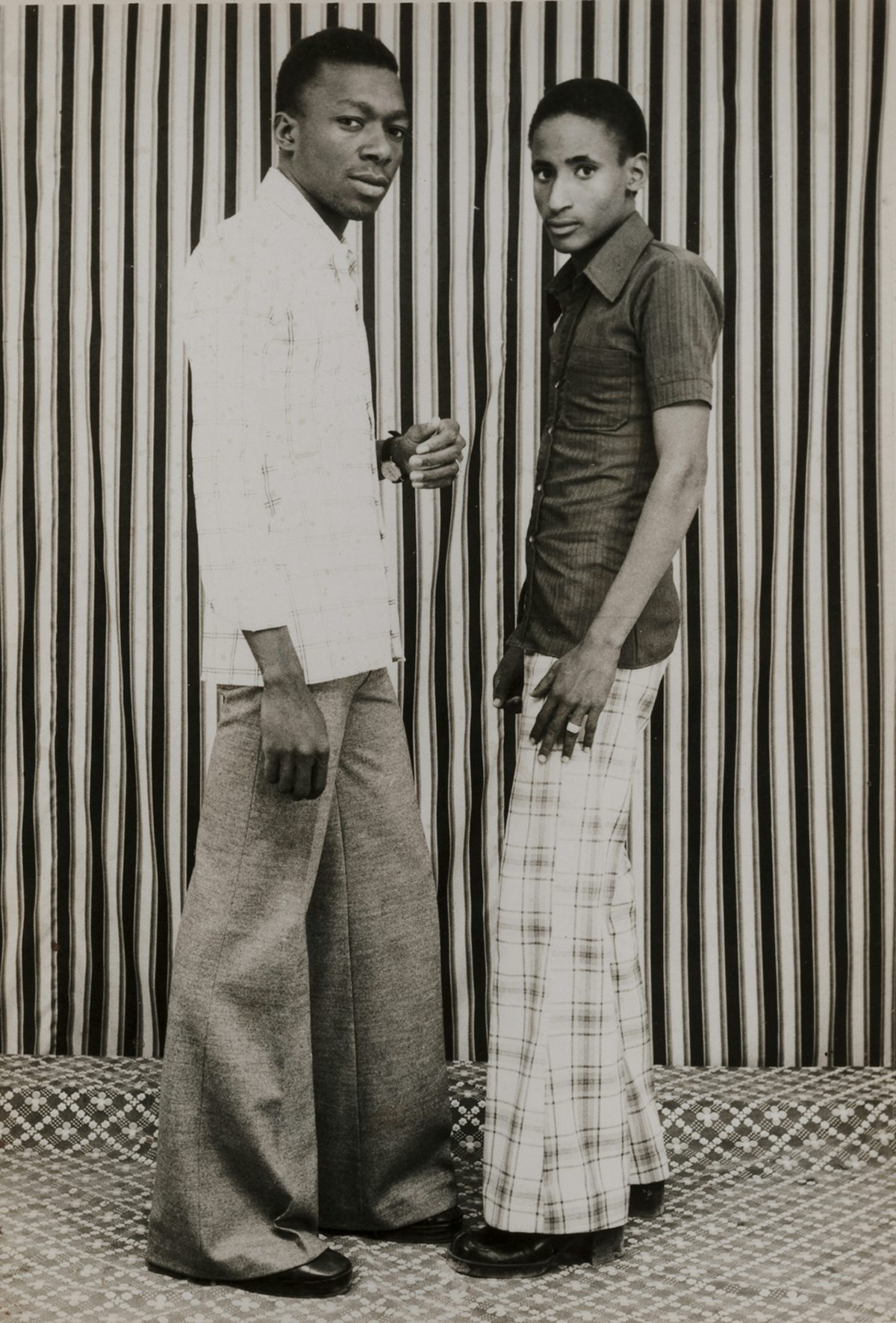“The way that collections are built is part of the inside story of art museums that is not often told,” Phillip Prodger tells CR. The curator, author and art historian is reflecting on a subject that has come under increasing scrutiny in recent years: the cultural canon. Specifically, the process of how certain works by a select number of artists end up appearing on museum walls and becoming culturally significant, while other pieces are swallowed up by the ether of time and their creators are branded as little more than footnotes in history.
“Especially in the United States but even here [in the UK], a lot of it is done through tax considerations, so the donor is getting something back for the gift,” Prodger says. “It’s not a neutral exchange, they’re not just giving something to a museum or a gallery because they want them to have it. And even if they are, that volition is coming from the collector who wants to direct the work to the museum – and that in its own way is opportunistic. So the curators have to evaluate from the pool of things that are being offered, what do they want to accept?”

The imperfect science of curating our cultural history which, up until recently, has largely been dictated by the white, western gaze, is something that was top of mind when Prodger co-founded the Solander Collection with fellow curator and curatorial CEO, Graham Howe. Named after the cloth-covered black box used by museums to store photographs and other materials, the collection aims to redress this historic imbalance, with a special emphasis on international traditions, underrepresented and forgotten artists, and diversity of all kinds.













